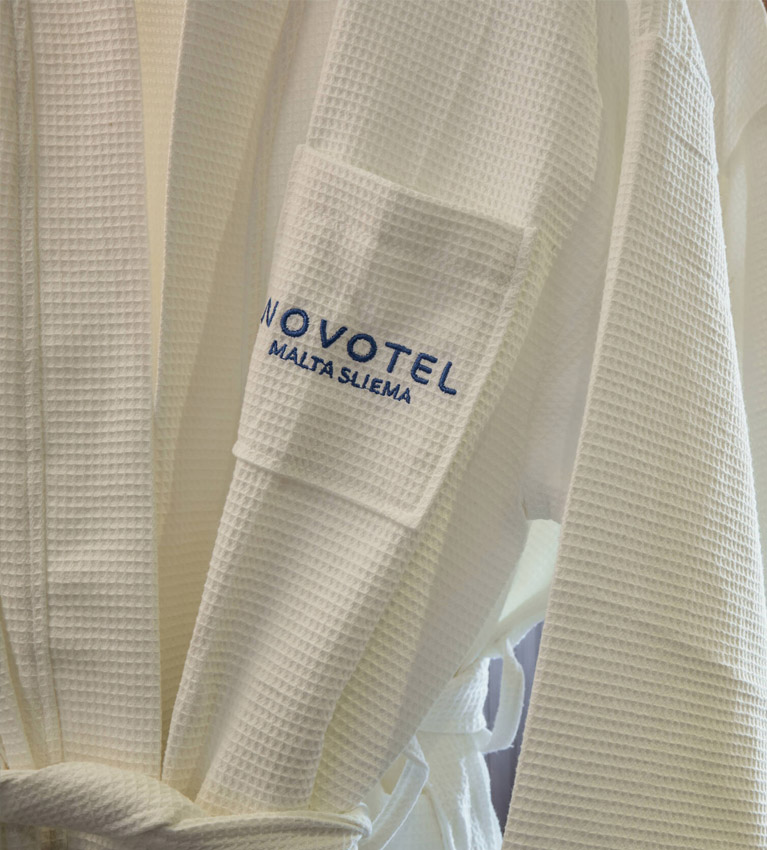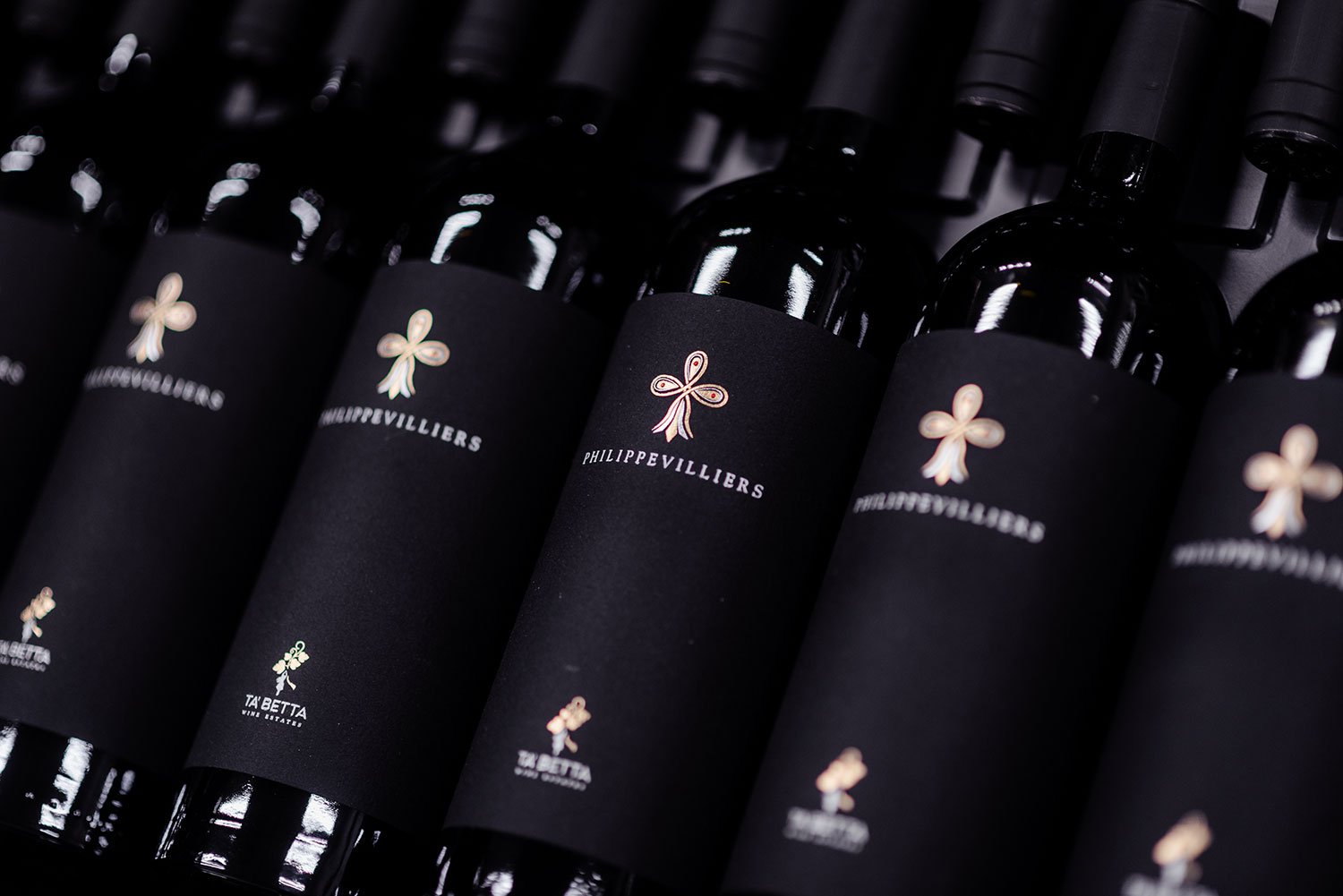
Fine Wines with Personality

Serving the Horeca Industry – Vivian Corporation
November 16, 2019
A Chef on his Travels
November 16, 2019Vincenzo Melia’s bond with Malta originated much like it did with many other Italians in recent times - the English language. Almost thirty years ago Vincenzo would send his son to language schools in Malta whilst taking the opportunity of spending a few days of relaxation here.
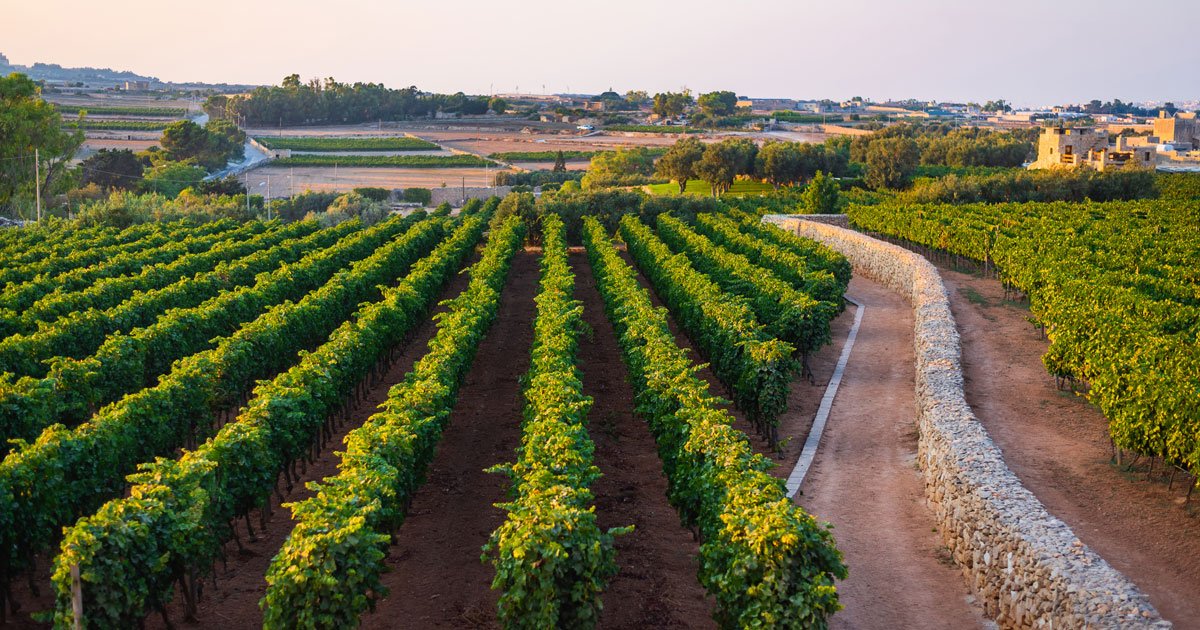
Being an agronomist with a special interest in viticulture, he would familiarise himself with local vineyards comparing notes with what he already knew of those growing in his native Sicily. What was immediately evident to him was that most vineyards he had inspected were severely afflicted by Peronospera, or Downy Mildew, which is a plant disease and manifests itself as yellow to white patches on foliage. This would eventually result in vines losing their leaves very prematurely, severely hampering full maturation of the fruit and it was clear that local awareness of its cause was very scarce in those days.
He was eventually contracted to offer consultancy to local farmers who benefitted from his hands-on expertise for many years following which this malady was no longer such a major menace to local vines. Vincenzo’s influence on local viticulture also left other very positive effects which had their part to play in the quality improvements in local wines which was direly needed at the time. Vincenzo knew a thing or two about what it takes to produce a wine of refined quality.
Together with his brother Giuseppe and brother-in-law Francesco Vallone, the trio set about their quest to create a truly exceptional red, inspired by the Bordeaux philosophy and motivated by the sweeping oenological renaissance in Trinacria in the early nineties. Earning the charming nickname of ‘garagistes’, the Melias tapped into their family’s vine-growing heritage and created Ceuso in their humble, now historic garage.
Sicily’s reputation in the wine world was hitherto still struggling in the shadows of other much-revered Italian wine regions to the north, despite the fact that the latter notoriously availed themselves of Sicilian wine in bulk to supplement their own. With a questionable reputation for being producers who favoured volume over quality, at least 14 million hectolitres of its wine were yearly being shipped north for blending, six of which to France. If this was going to change, it would need an intervention of gargantuan proportions.
Notable protagonists with this task at hand accompanying Vincenzo Melia - who by now had become a key figure in the Istituto Regionale Vite e Vino - included Bruno Pastana and Diego Planeta. Bruno’s main focus was understanding the characteristics of indigenous as well as classic varieties and their affinities to terroirs ranging from sea level at Menfi right up to the altitude of 1200 metres of Mount Etna.
Diego, as president of the IRVV, assigned Vincenzo Melia to spearhead the setting up of a Cantina Sperimentale with the sole purpose of maximising the island’s oenological potential. The search was on for the best wine-maker of the time. The search was a very short one. The man was Giacomo Tachis. Such was the importance of this man’s influence on Italian winemaking that one journalist is known to have suggested that the historical eras of wine from Italy should be categorised as ‘Before-Tachis’ and ‘After-Tachis’.
Marchese Piero Antinori’s opinion was that ‘Giacomo Tachis was responsible for kickstarting an extraordinary period for Italian wine.’ And the Marchese, of all people, would know what he was talking about. Covering Giacomo’s exploits would require volumes of print, however the mere mention of some of the wine projects he was responsible for excites many a palate like few others. With the direct involvement of Tachis, Antinori saw the creation of wines like Tignanello and Solaia whilst, together with the Incisa della Rocchetta family, he transformed a wine used simply for family consumption into a veritable icon until this very day, the Sassicaia.
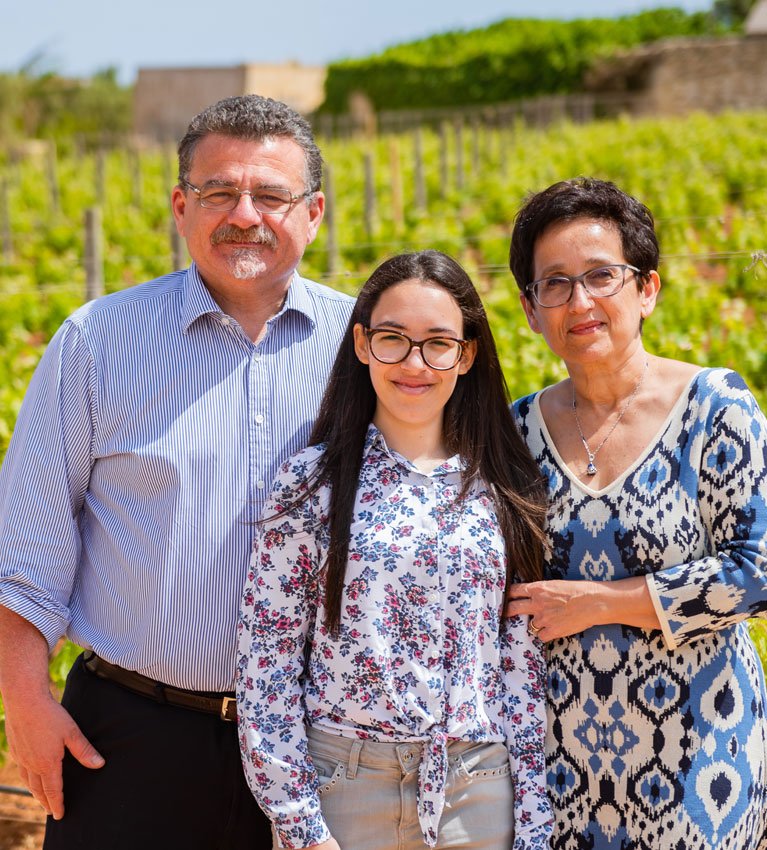
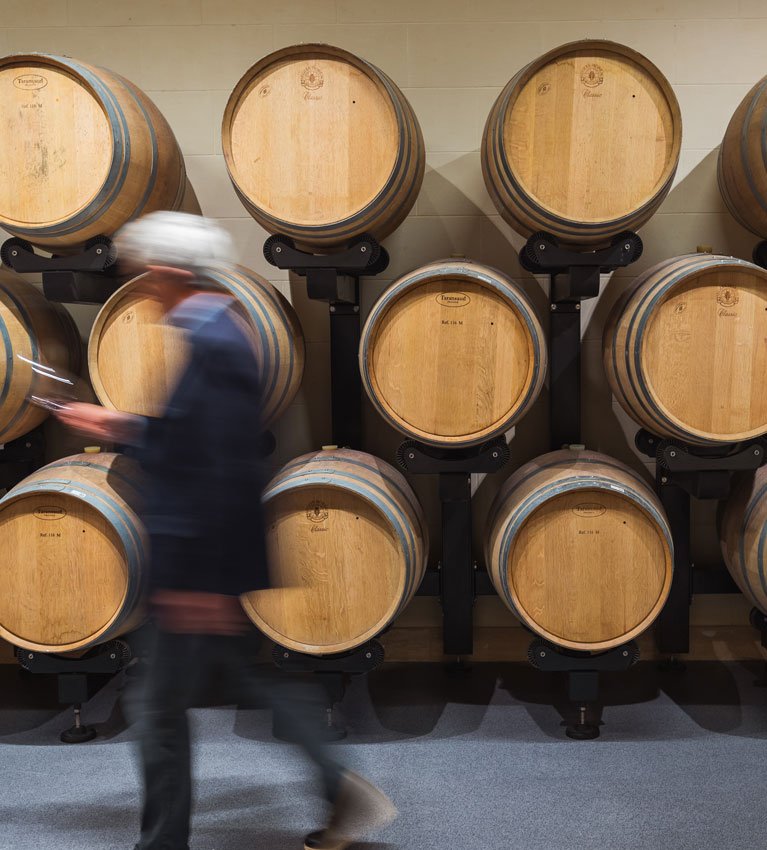
Born in 1933 in Piedmont, Tachis had this distinctive attraction towards wines whose grapes took root in islands, particularly those surrounded by the Mediterranean Sea. A keen admirer of the Bordeaux oenologist Emile Peynaud, Tachis introduced two key elements which would slowly but surely steer the helm of Italy’s wine identity towards new heights.
With the country’s traditions firmly rooted in the exclusive use of indigenous grape varieties, Giacomo’s belief and endorsement of classics like Cabernet Sauvignon, Merlot, Cabernet Franc and the like was just as challenging as it was enlightening. Furthermore, his strong tendency towards the use of French oak barriques served to complement his affinity towards noble varieties seamlessly, rubberstamping his novel ideas and their immeasurable worth.
Despite the fact that his claim to fame stemmed from his innovative approach, Giacomo Tachis had full confidence in the traditional use of aging wine in glass-lined cement vats as well as the critical impact > of terroir. His firm belief was that the only way to craft a wine of great finesse was to ensure that the fruit of the vine is in supreme health. Poor grapes could never be transformed into a wine of any grandeur, no matter how expertly handled by human hand.
These were the key fundamentals that Giacomo Tachis started to implement through his consultancy to Sicilian winemakers which owed its facilitation to Vincenzo Melia who had by now witnessed the master’s work and lapped up every bit of expertise possible. The transformation of Sicily’s fortunes in the world of wine was nothing short of phenomenal.
From being the forgotten runt of the litter of wine regions in Italy, many critics affirm that Sicily today proudly occupies the third spot in terms of importance, with Piedmont and Tuscany gracing the top two. As one of Giacomo Tachis’ proud disciples, Vincenzo Melia applied all he had learnt and all he knew, not only to Ceuso, his very own winery in Segesta, but to his second love, Malta. His first visits happened to coincide with the initial stirrings caused by Juanito Camilleri and his firm focus on creating a wine from grapes grown in Malta capable of finding a place amongst higher echelons. Chance crossed their paths and Vincenzo Melia jumped at the opportunity of implementing his expert approach.
This happened to mirror perfectly Juanito’s inspiration which saw him plant classic varieties, source top quality oak barriques, invest in concrete Eggs, the modern, perfected take on the age-old practice of fermenting in concrete vats, and dedicate exhaustive attention to the vines and the earth they draw from. The story of Ta’ Betta Wine Estates winds through well over ten years of tempered tenacity during which its experimental wines have been annually fine-tuned to their current high levels and the people behind them frequently renewed their vows to commit to utter quality despite numerous challenging tests of their resolve.
And all of that, well before the first bottle was ever officially launched and available on the market. Uncorking a bottle of Ta’ Betta today is unleashing the outcome of an intense quasi-obsessive quest for the best possible attributes which stem from the highest levels of scrutiny in full respect of what the land and its fruit can deliver.

